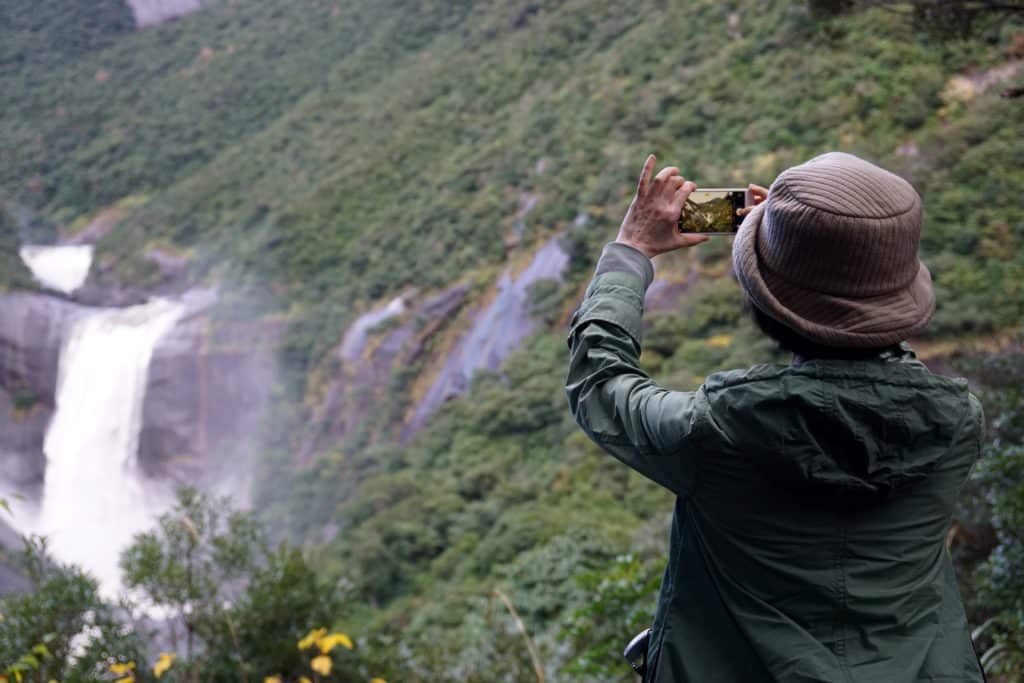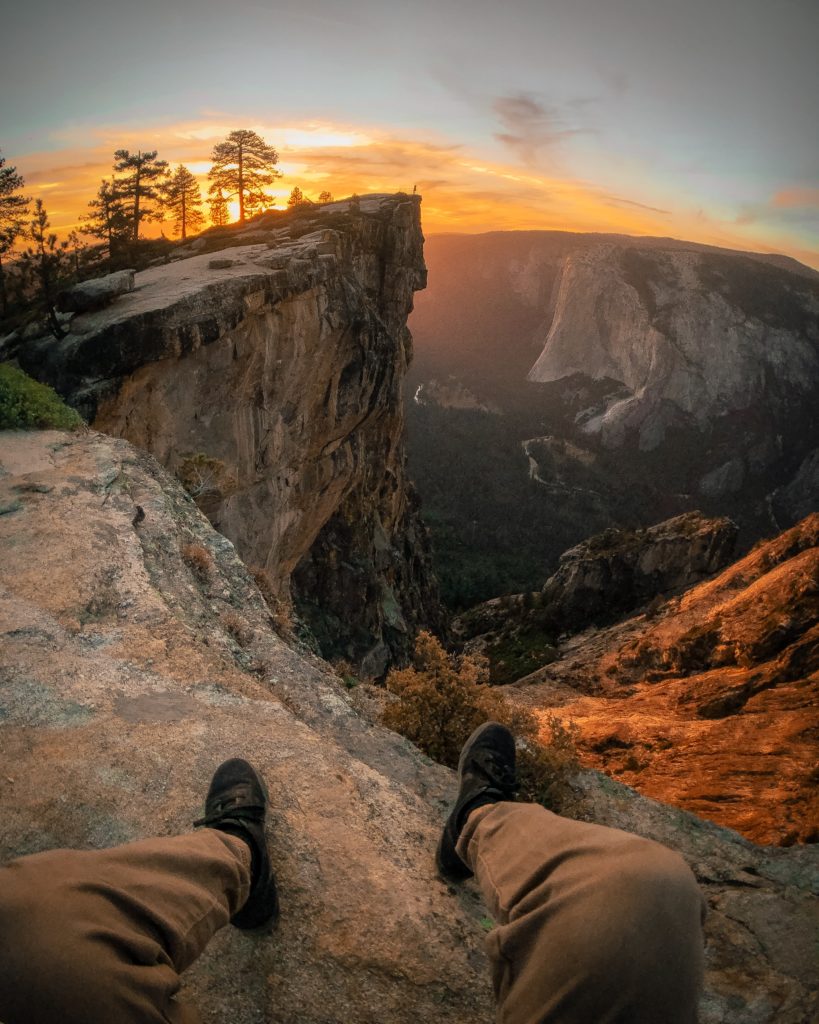“When will this start working? When will I feel the results? When can I expect to get _________?”
Fill in the blank: abs, faster, stronger, bigger, etc.
Chris, Rony, and I have gotten questions like this throughout our careers. As younger coaches, we’d stammer through physiological answers.
Well, strength gain typically takes 8 to 12 weeks. Aerobic fitness improves over the course of 8 to 12 weeks, too. But full benefits of both training take much longer. Etc. etc. etc.
Those answers are still valid, and we still, of course, offer them. They are the truth. But they are not the whole truth. What I mean by that is the answers don’t address the problem. The problem is expectation influenced by a poor mindset.
Presently, I’d like to offer a much more abrasive answer. It goes like this…
You can expect results when you stop fuckin’ worrying about them and consistently show up to work.
But that’s not a helpful answer for most people. (For some folks, that’s all they need to hear.) It is, however, the truth.
See, people jump ahead in their minds to the end state because that’s all they assign a value to. It’s an overweighted and misappropriated value. The expectation is that life is better at the end state. Once again fill in the ________. (Abs, strength, fitness, etc.) Then they get the thing, and they are no happier because missed out on all the truly valuable shit.
They want to skip to the top of the mountain instead of climbing it.
For illustration, I’m turning this over for a minute to one of my favorite authors and a passage from one of my favorite books. Here’s Robert Pirsig from his book Zen and the Art of Motorcycle Maintenance.
“Mountains should be climbed with as little effort as possible and without desire. The reality of your own nature should determine the speed. If you become restless, speed up. If you become winded, slow down. You climb the mountain in an equilibrium between restlessness and exhaustion. Then, when you’re no longer thinking ahead, each foot step isn’t just a means to an end but a unique event in itself. This leaf has jagged edges. This rock looks loose. From this place the snow is less visible, even though closer. These are things you should notice anyway. To live only for some future goal is shallow. It’s the sides of the mountain which sustain life, not the top. Here’s where things grow.
But of course, without the top you can’t have any sides. It’s the top that defines the sides. So one we go – we have a long way – no hurry – just one step after the next…”
Then, when you’re no longer thinking ahead, each foot step isn’t just a means to an end but a unique event in itself.
Consider this in the context of most American tourists at our National Parks or any scenic destination. They spend the entire trip in their cars, driving from scenic overlook to scenic overlook. They hop out at each destination to snap a few pictures and say, “Well, isn’t that nice?” And the scene barely soaks in before they’re on to the next stop.

Where in the hell are they actually going?
Nowhere, because mentally they aren’t ever anywhere. Their minds float through a constant transience. There is only a blend of views from unearned vistas, none of them as meaningful as they could be because the people are stuck in a constant state of thinking ahead.
The top of their mountain has no definition. It’s just a series of nice pictures that allow them to say, I went there. Pictures that they’ll never look at again because they have no reason to. The attached emotions are shallow – nice, not meaningful.
Now, consider the person who walks to the top of the mountain and knows why they’re headed up.
Because they know why, really know why, they can let go of the outcome and focus on each step. They feel their feet on the stones and hear the crunch as their shoe meets the ground. They smell the plants in bloom or the scent of the earth as leaves decay into soil. They see the peculiar moss on the dark side of a tree. As Pirsig said, each footstep is a unique event.
And in this way, there is nothing more than the walk up the mountain. It is what matters.
Then the person reaches the top…and they brought the sides with them.

The top of the mountain has more meaning because they toiled to get there. It also has the context of each step that brought the person there. Instead of only being a nice vista, it is the crunch of the stones, the plants in bloom, the smell of the earth, and the moss on the tree; it is the view that makes it seem that the earth is only an inch from the sky.
The person is now different, not for being at the top, but for climbing there.
The same is true for training.
We can expect results when we expect ourselves to consistently climb. That means showing up each day and focusing on the workout at hand. Maybe we don’t relish each workout, but we relish our presence. We get to feel each rep; we get to notice our grip on the weights; we get to focus only on what we are doing.
And the noticing makes the doing more valuable. Rather than worrying about an end state, we enjoy the current state. The climbing becomes more enjoyable, so it’s more likely that we do it. Consistency becomes who we are. We change, mentally and physically.
This works best when we define an ultimate peak and then all of the subsequent peaks we must climb to reach the ultimate peak.
The ultimate peak is who we’d most like to become. The person who looks back on their life when time is up and feels as though they’ve climbed well. Each smaller peak is a piece of that person that’s defined by actions.
Actions because we are happiest when we do, not when we have.
Knowing this, we change our expectations of results.
They come when we focus on what we are doing, not what we want to have because what we want to have will be there if we focus on the doing.
And the have is defined by the ultimate peak. It defines the sides of all the peaks we must climb to reach it.
This makes us realize that all the doing, all the climbing, all the training, was more valuable than the muscles or fitness it gave us.
So, while you can expect to lose one pound of body weight per week, and improve your aerobic endurance in three months, that knowledge won’t do much for you if that’s all you’re worried about.
But if you want to be the person who climbs, you can expect to have just about any result that you want.
You might also like:
-
WHY STRENGTH SHOULD BE YOUR MAIN FOCUS DURING THE FALL AND WINTER
-
BUILDING RESILIENCE: HOW MOBILITY TESTS ENHANCE YOUR STRENGTH TRAINING
-
RELATIVE STRENGTH: WHAT IT IS, WHY WE TEST IT, AND HOW TO BUILD IT
-
MEGAN GALATA: “CAN I ACTUALLY DO THIS?” FIRST WOMAN TO ACHIEVE BLACK AT BEYOND STRENGTH
-
MAKE YOUR HIPS AND BACK FEEL GREAT: WITH THESE MOBILITY EXERCISES
-
THE MOST IMPORTANT FITNESS VARIABLES: CONSISTENCY AND CONTINUITY
-
EUSTRESS TRAINING: HOW TO LIFT WEIGHTS AND MANAGE STRESS AT THE SAME TIME
-
STRENGTH LOVES REST: WHY YOU NEED LONGER REST PERIODS TO BUILD STRENGTH
-
MORPHEUS HEART RATE TRAINING: WHAT IT IS, WHY WE USE IT, AND HOW YOU CAN GET THE MOST OUT OF IT
-
START NOW: WHY WAITING FOR THE PERFECT TIME IS THE WORST THING TO DO
